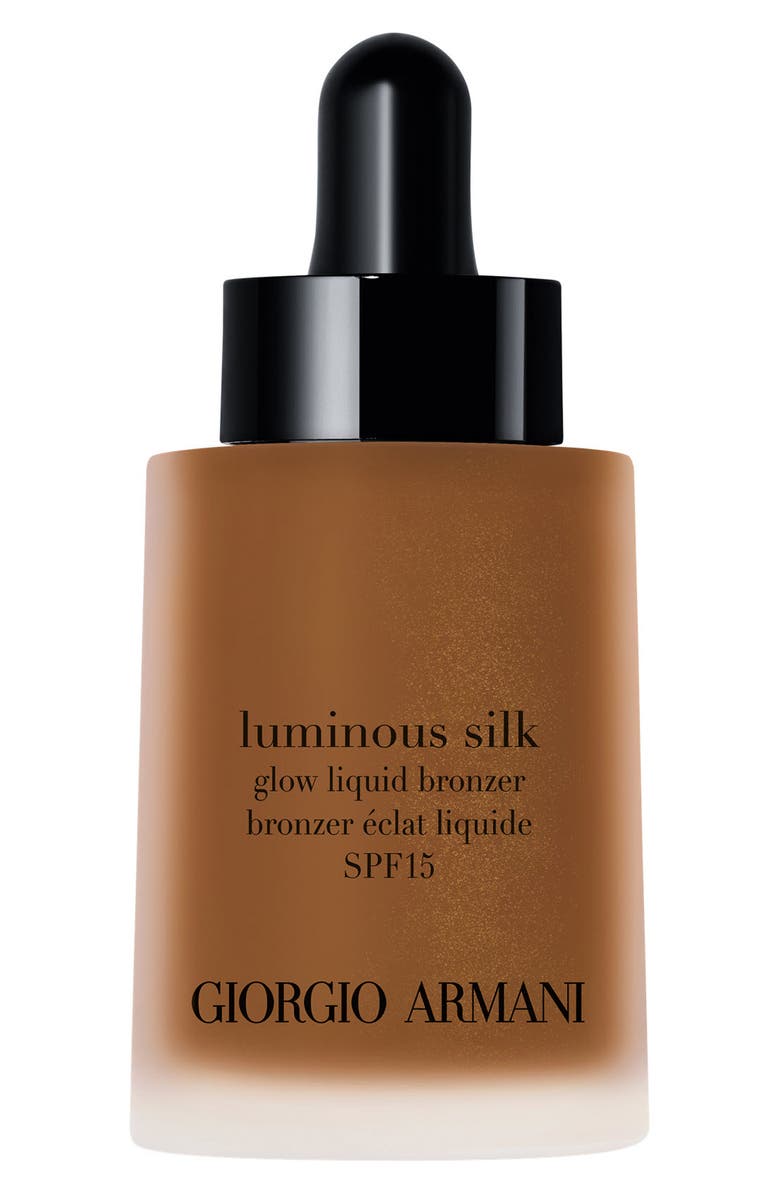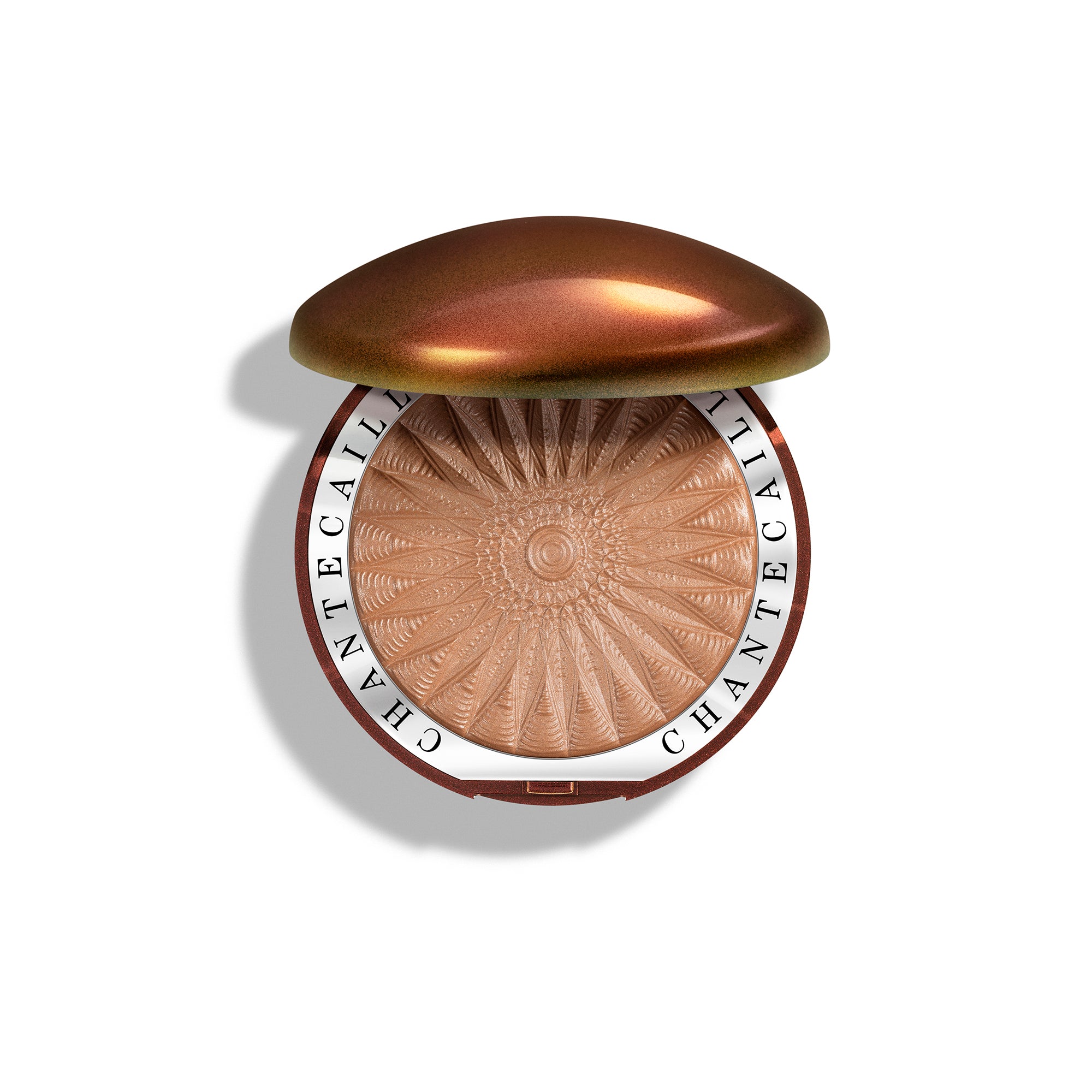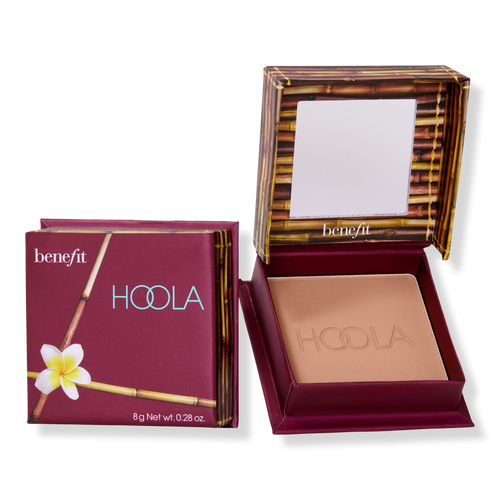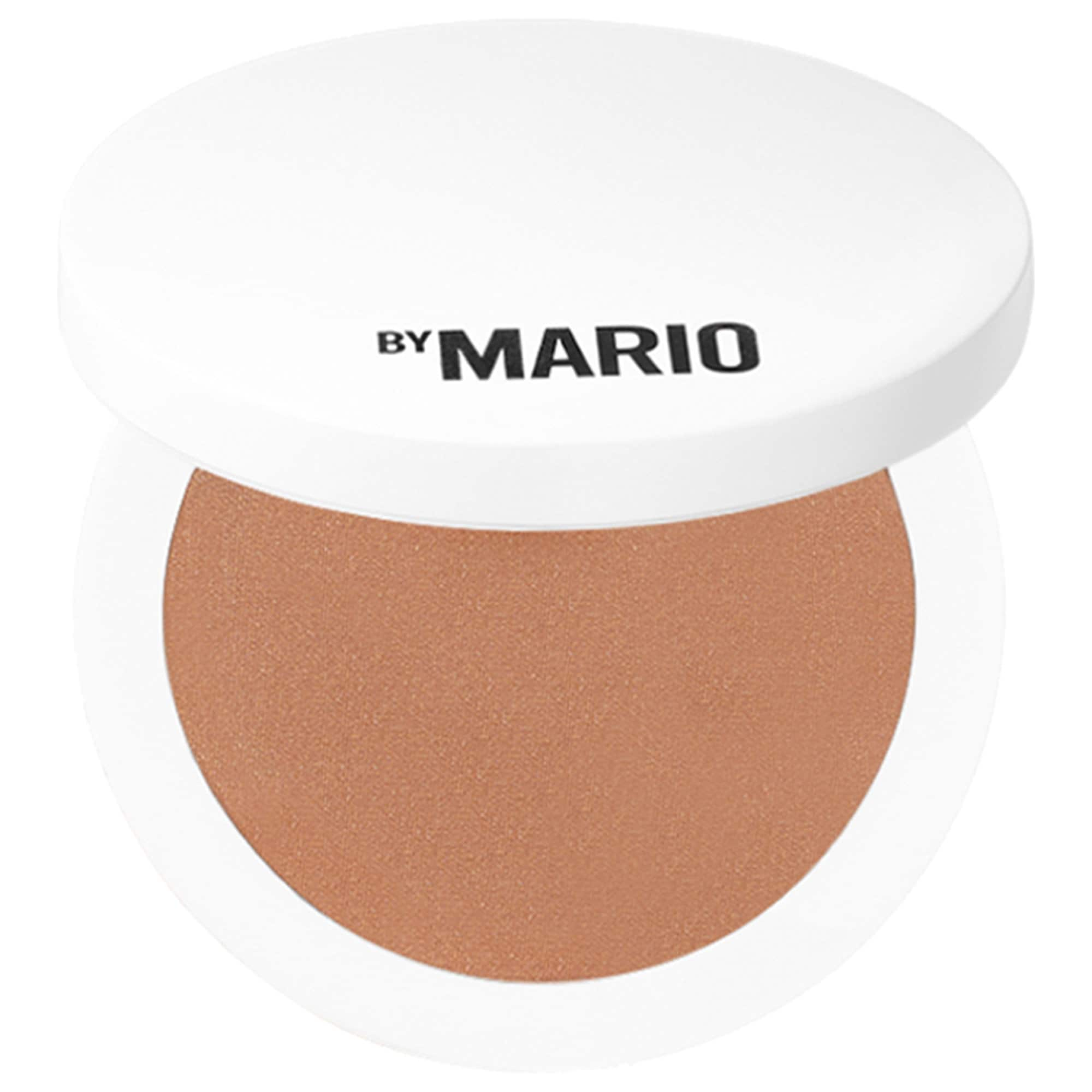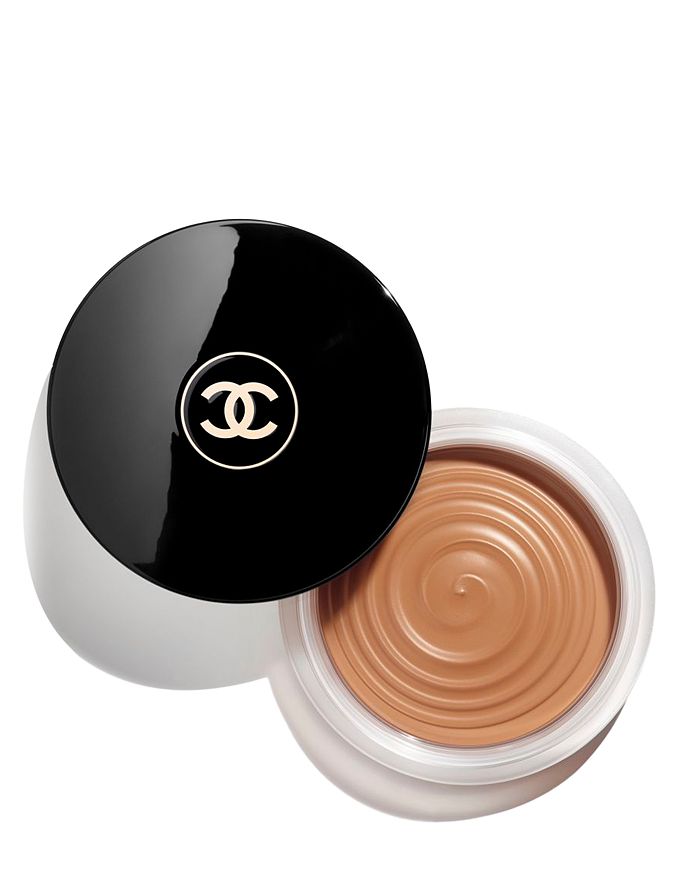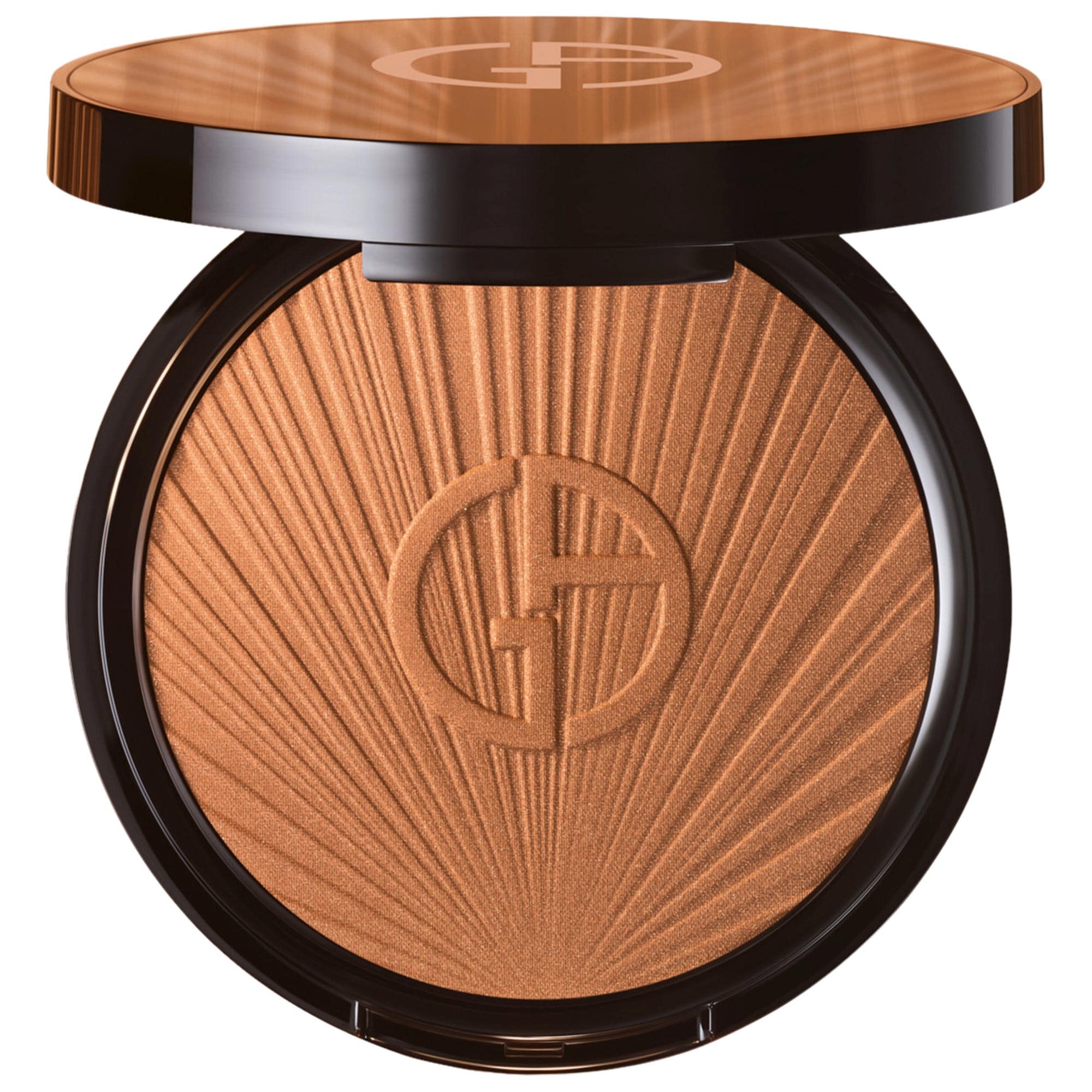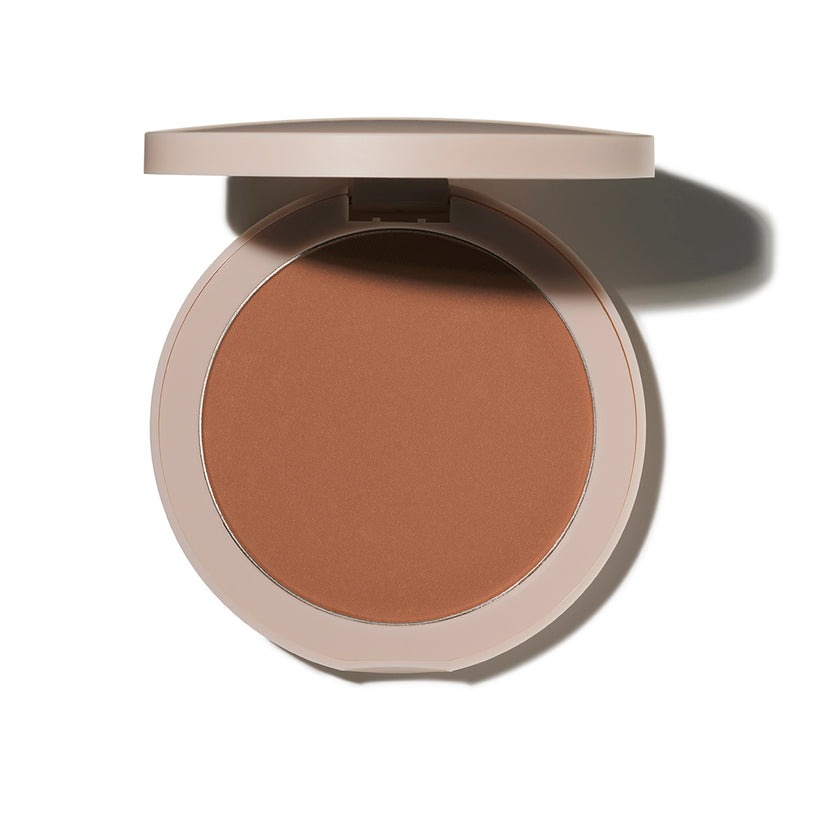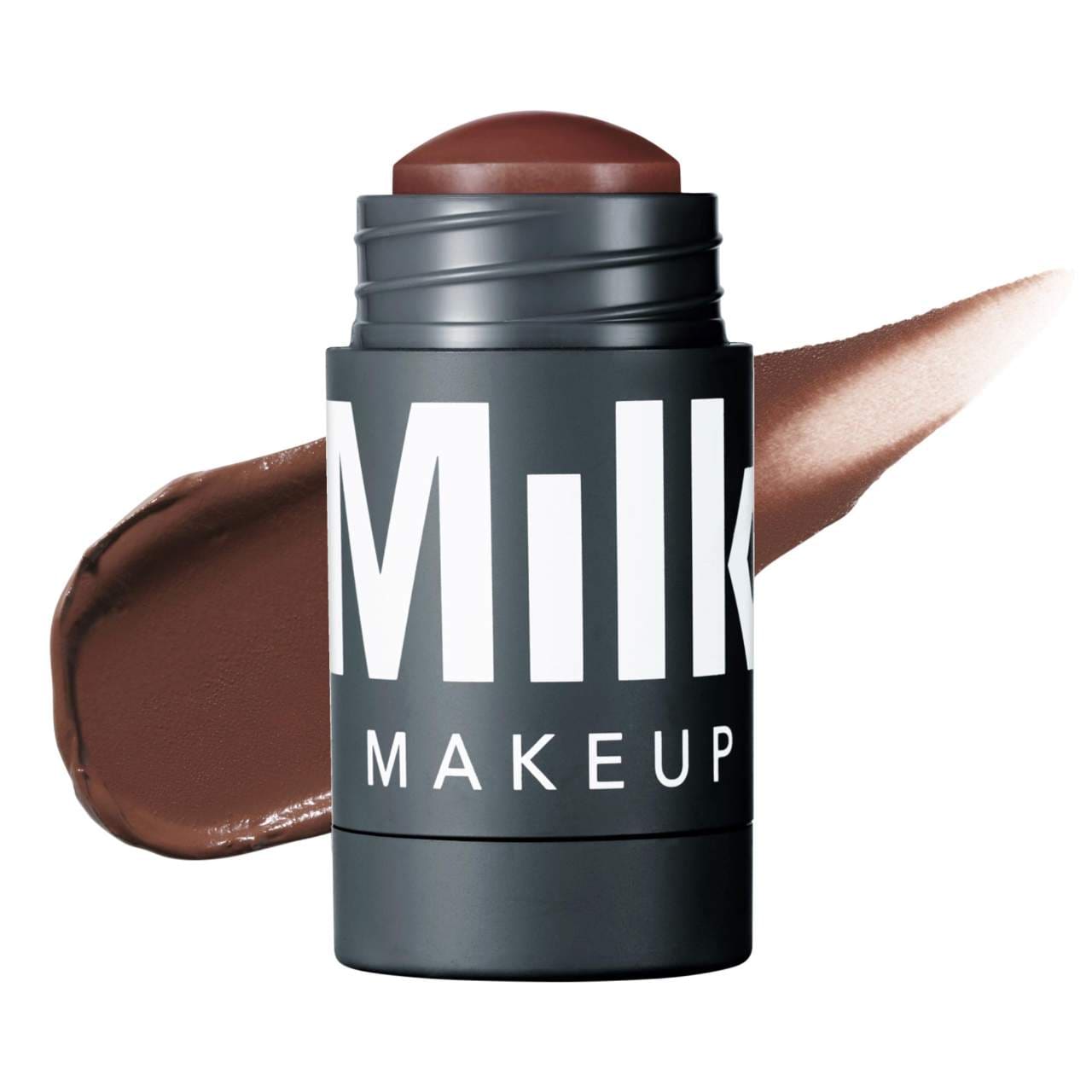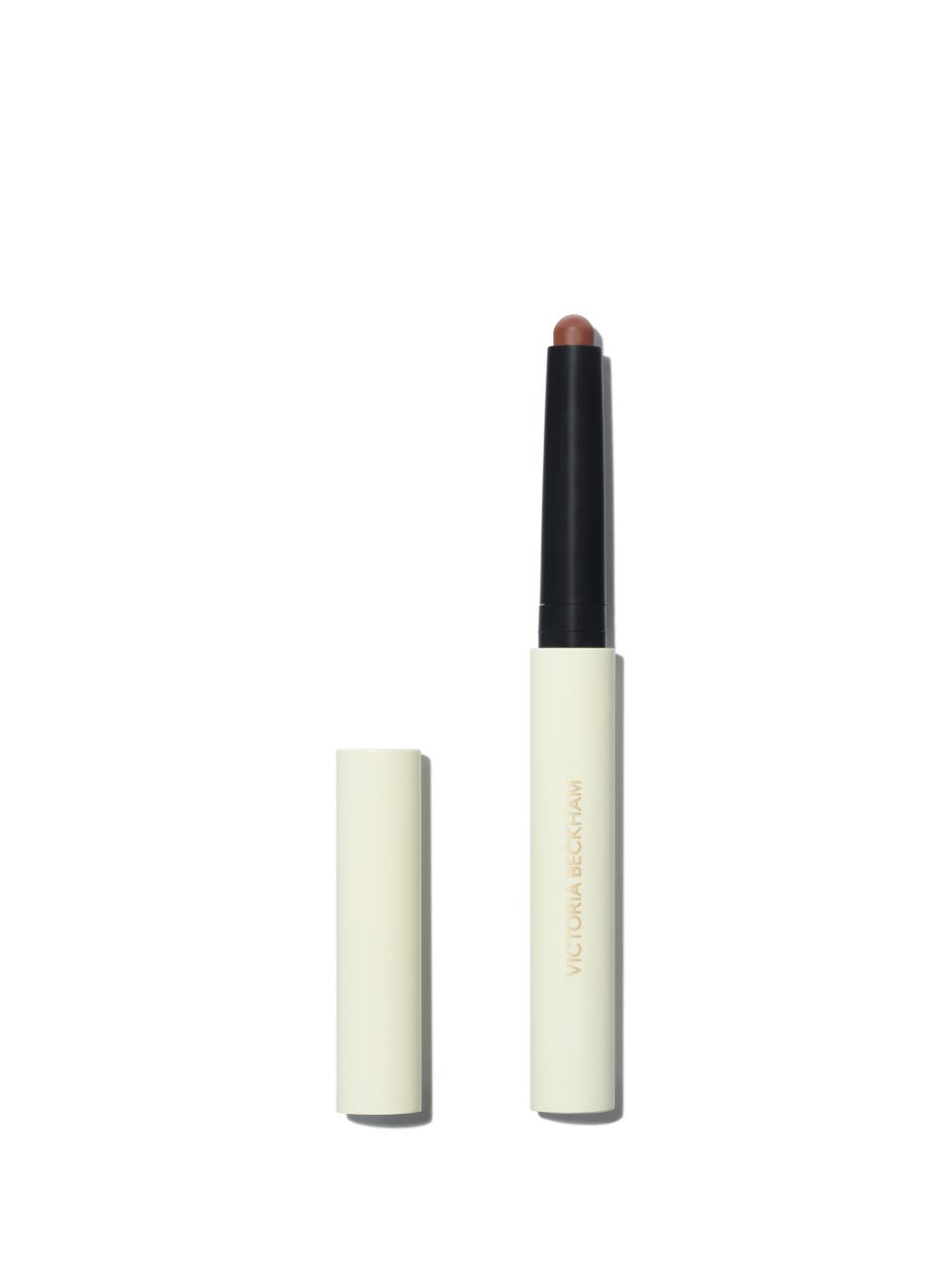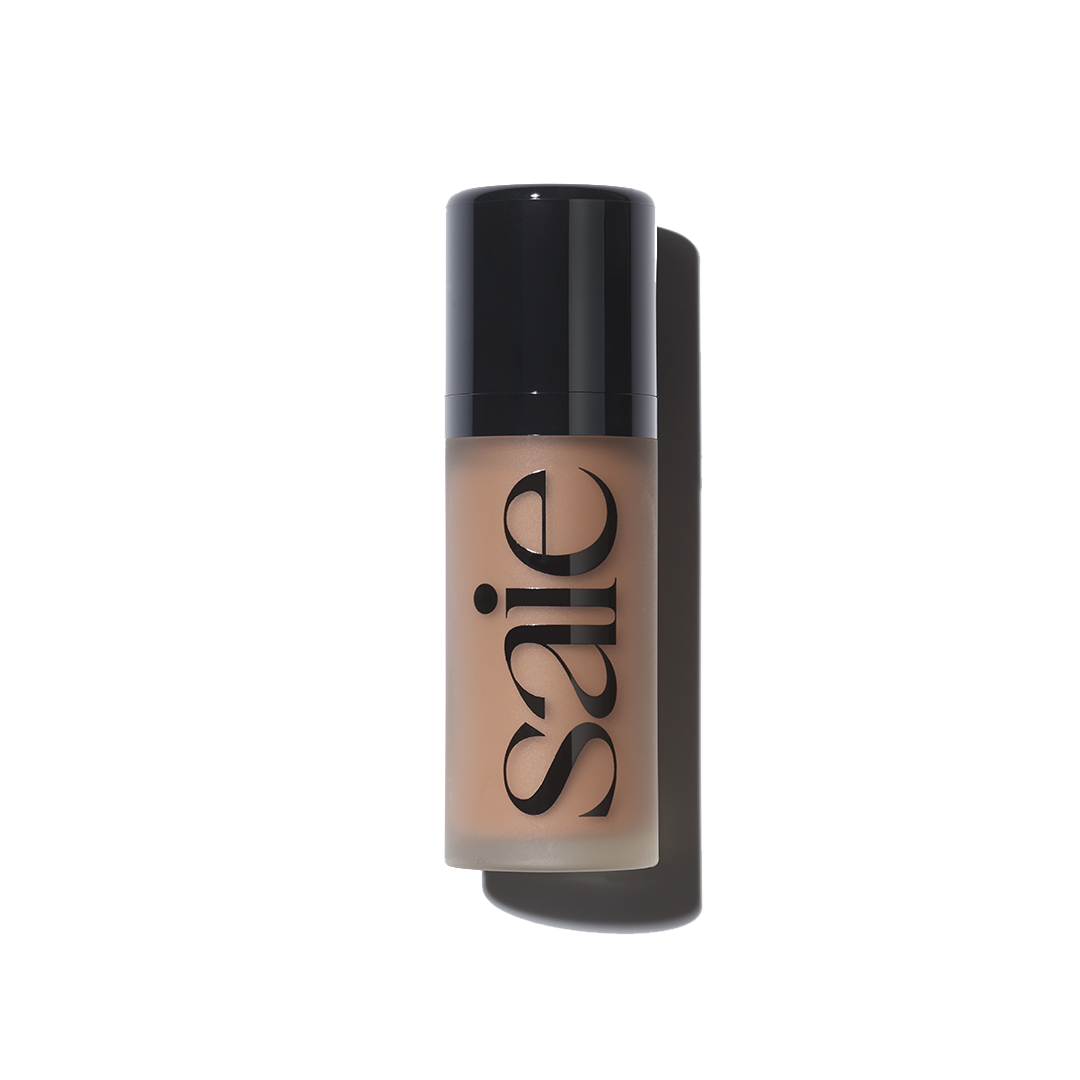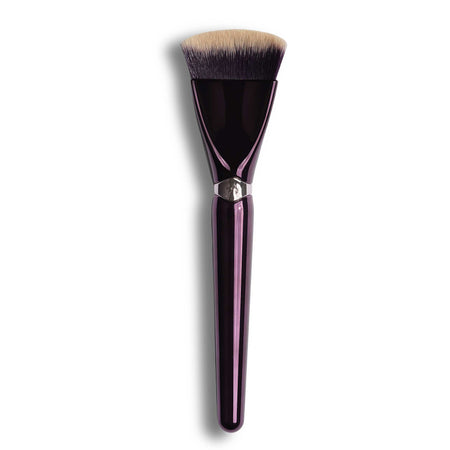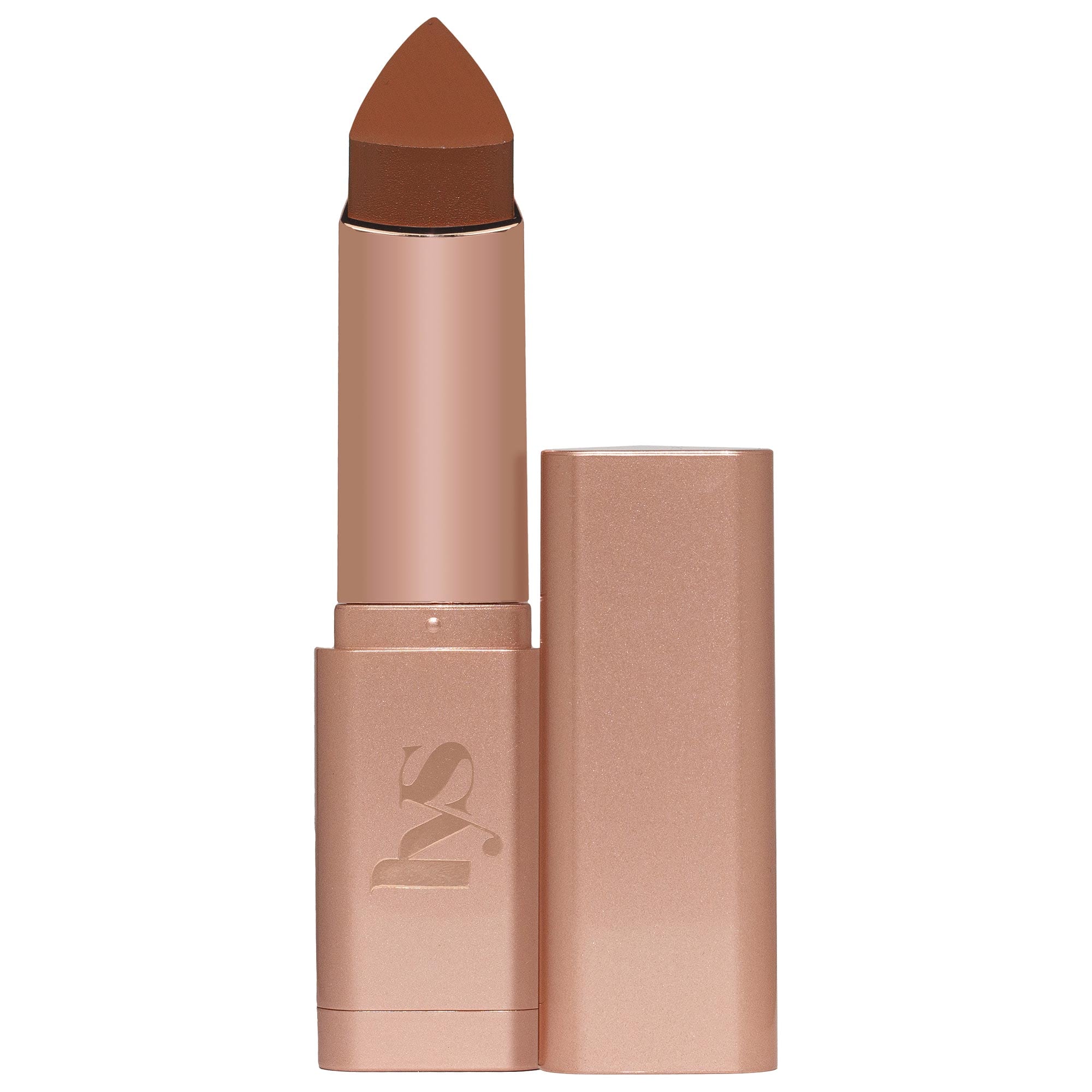After 9 Years, I Finally Learned How to Use Bronzer and Contour Correctly
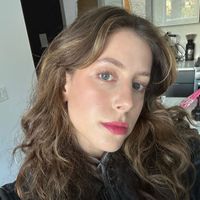
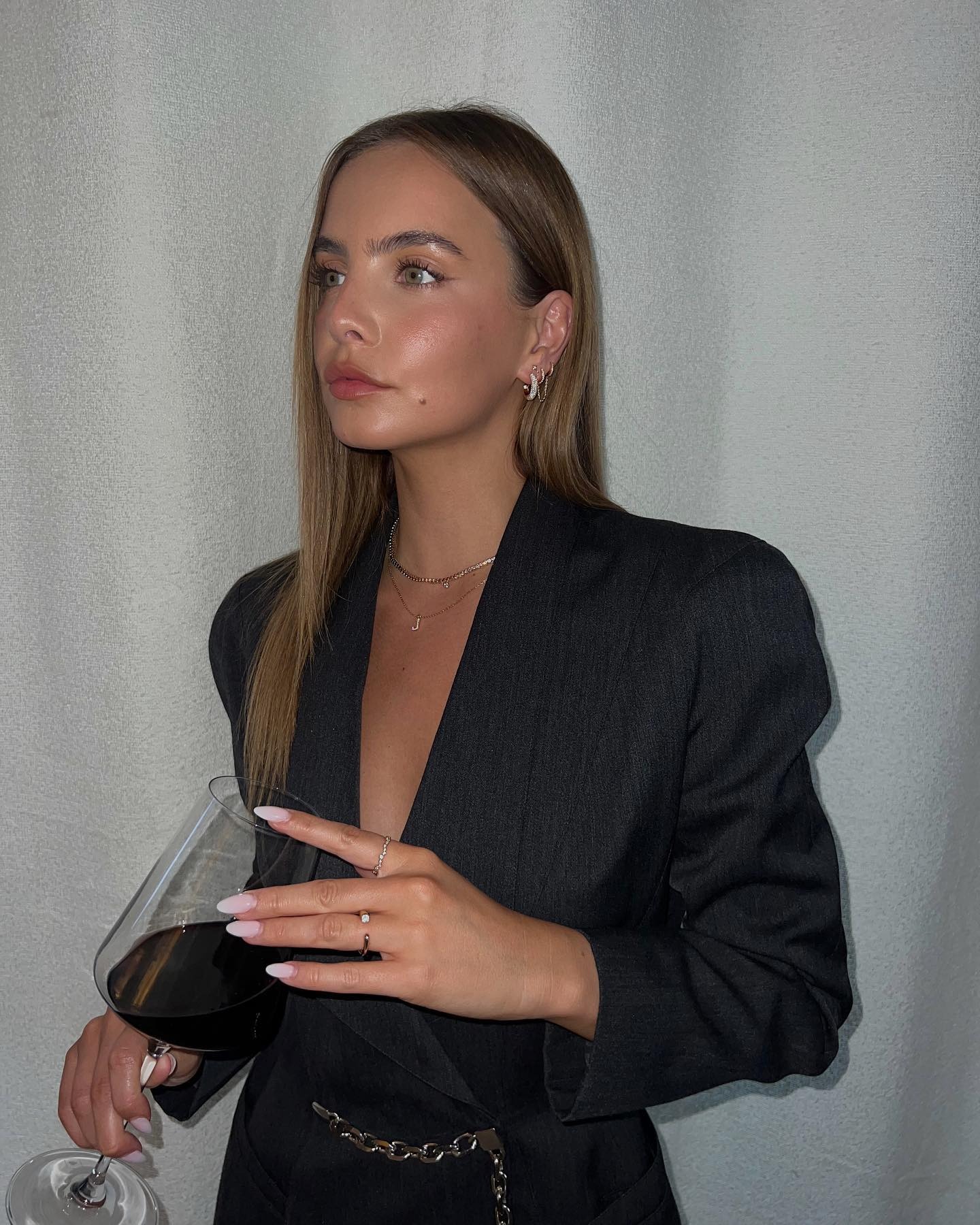
Please tell me I'm not the only one intimidated by bronzer. Don't get me wrong; I often crave a sun-kissed glow that makes me look like I just returned from a two-week beach vacation (bonus points if real-life temperatures fall below 50ºF), but I typically lean on a toasty blush to create that overall warmth. One errant swipe of a too-orange bronzer, and I fear I'll teeter into Oompa Loompa territory. And don't even get me started on contour. No matter how many TikTok videos I watch on repeat, I just can't seem to sculpt my own features without accidentally crafting a five-o'clock shadow.
Being the resourceful beauty editor I am, I finally decided to take matters into my own hands and consult trusted makeup artists for a full, no-fuss bronzer and contour breakdown. Now, I can't even imagine my makeup routine without them both! Ahead, discover everything you ever needed to know about the two products—what makes them different, how to shade match, and a placement guide that never fails.
Bronzer vs. Contour
They look pretty similar upon first glance—both generally come in deeper tones—but they do have slight differences to keep in mind.
- Bronzer: Bronzer's main gig is to warm up the skin, says celebrity makeup artist Jamie Greenberg. It's all about adding color to your face, namely around the cheeks and hairline, as opposed to sculpting individual features. That said, bronzers tend to come in warmer hues to help your skin glow. Bronzers also come in an array of forms: creams, powders, sticks, drops, etc.
- Contour: Contour, on the other hand, brings dimension and depth to your skin rather than color. "Contour is [used] to create shape, define the cheek bones, chisel jawlines, and create shadows," notes celebrity makeup artist and Armani Beauty ambassador Carolina Gonzalez. Contour products typically come in stick, cream, or powder form with cooler tones to create a realistic illusion of shadow. They also tend to skip the shimmer, as glitter particles can take away from a naturally sculpted finish.
TL;DR? Essentially, bronzer is meant for adding warmth back into the face, while contour is used for sculpting and creating shadow.
"Bronzer has more warmth, while contour tends to be more cool-toned," Gonzalez adds. On that note, some products might be labeled as bronzers but are actually cool-toned enough to use as contour. That's okay! It may take some guess-and-test to find your best duo.
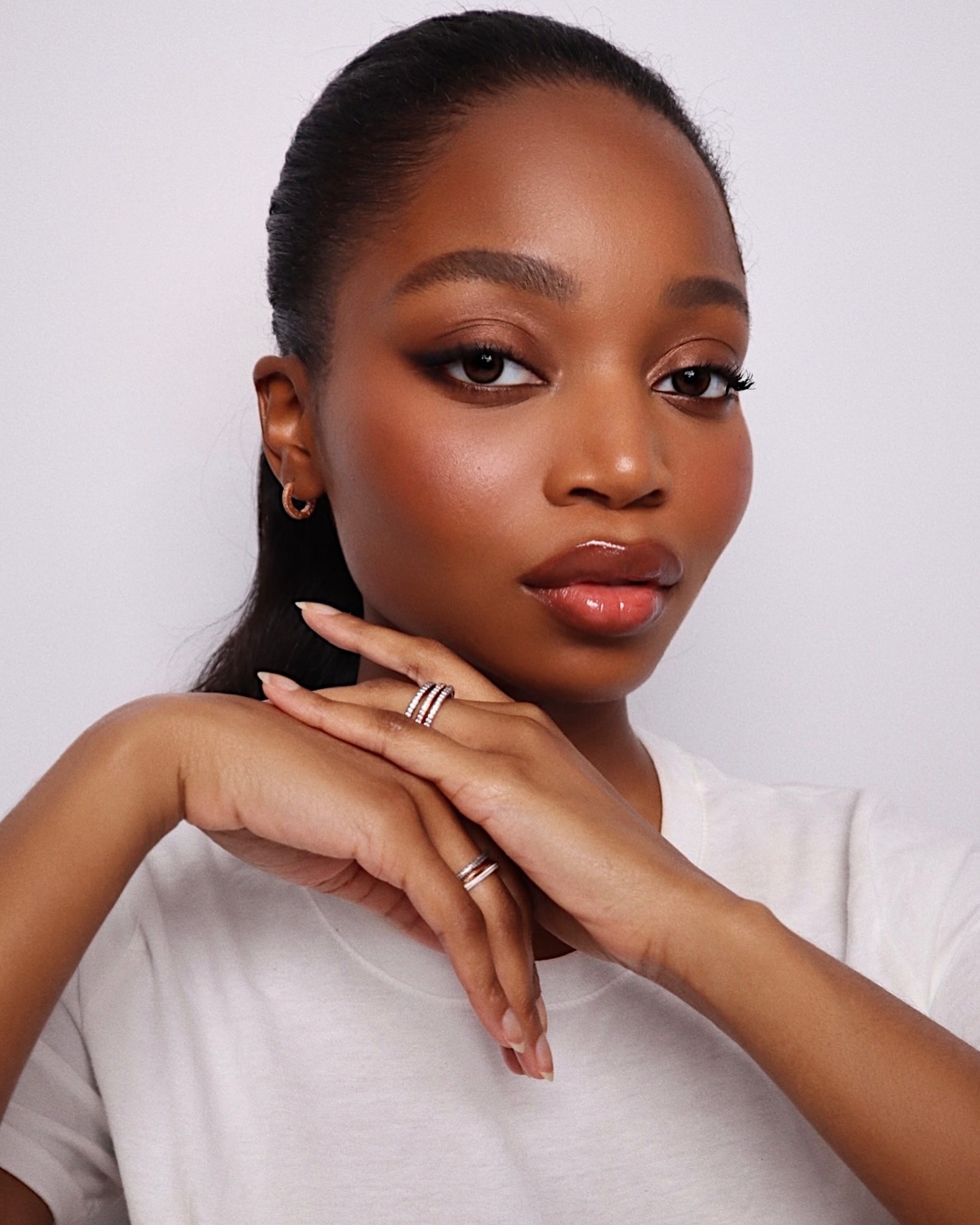
How to Apply Bronzer
Bronzer doesn't require as precise of a placement, since you're really just warming up the skin post-foundation and concealer. However, your application can differ based on the type of bronzer you choose.
Gonzalez prefers bronzing drops, specifically the Armani Beauty Luminous Silk Glow Liquid Bronzer, which you can apply directly on the high points of your face: your forehead, cheekbones, "and really anywhere you want it to look like the sun hit!" she says. Use a buffing brush to blend before reaching for contour.
If bronzing drops aren't your thing, no biggie. You can totally use a cream product instead, grabbing a fluffy bronzer brush (Greenberg loves this one from Anisa) to blend the bronzer on the same high points of your face. "[Focus] on your cheekbones, across the forehead, and a very small amount on your chin and nose for a cohesive look," she advises. Once you apply contour, you can use a big, fluffy brush to apply another powder bronzer on top to set the warm, glowy look.
How to Apply Contour
After you've secured a glowy base, it's time to contour. "I normally apply contour just under the cheekbone and blend it upward, always using an angled contour brush," Gonzalez explains. "I like to contour a lot near the hairline [and] forehead to give the illusion that the head/face is smaller. I also contour the jawline, and again, I always blend upward with an angled contour brush so it blends nicely into the blush, looks super natural, and does not create any harsh lines."
Greenberg follows similar steps. "When you apply contour, start from the center of your cheek and apply upward until you reach the top of your ear. This upward motion helps sculpt the face upward, leaving more prominent cheekbones and a face-lifting look," she shares. You can also sculpt your eyes and nose, if you please, with a smaller buffing brush that can target more precise spots.
Step-by-Step Instructions
Let's put those tips into practice, shall we? Follow along below for a snatched, glowy visage.
- Grab a cream or liquid bronzer. Apply directly on your cheekbones, hairline, and any other high point of the face you'd like to give some warmth.
- Blend with a buffing brush in upward motions.
- Next, grab a cream contour product. Apply underneath your cheekbones in an upward motion toward your ears, on the top of your forehead near your hairline, and underneath your jawline. (Optional: Apply on the sides of your nose, too.)
- Use an angled contour brush to blend in upward motions.
- Optional: Grab a powder bronzer and lightly apply on your cheekbones and forehead once again. Use a big, fluffy brush to blend.
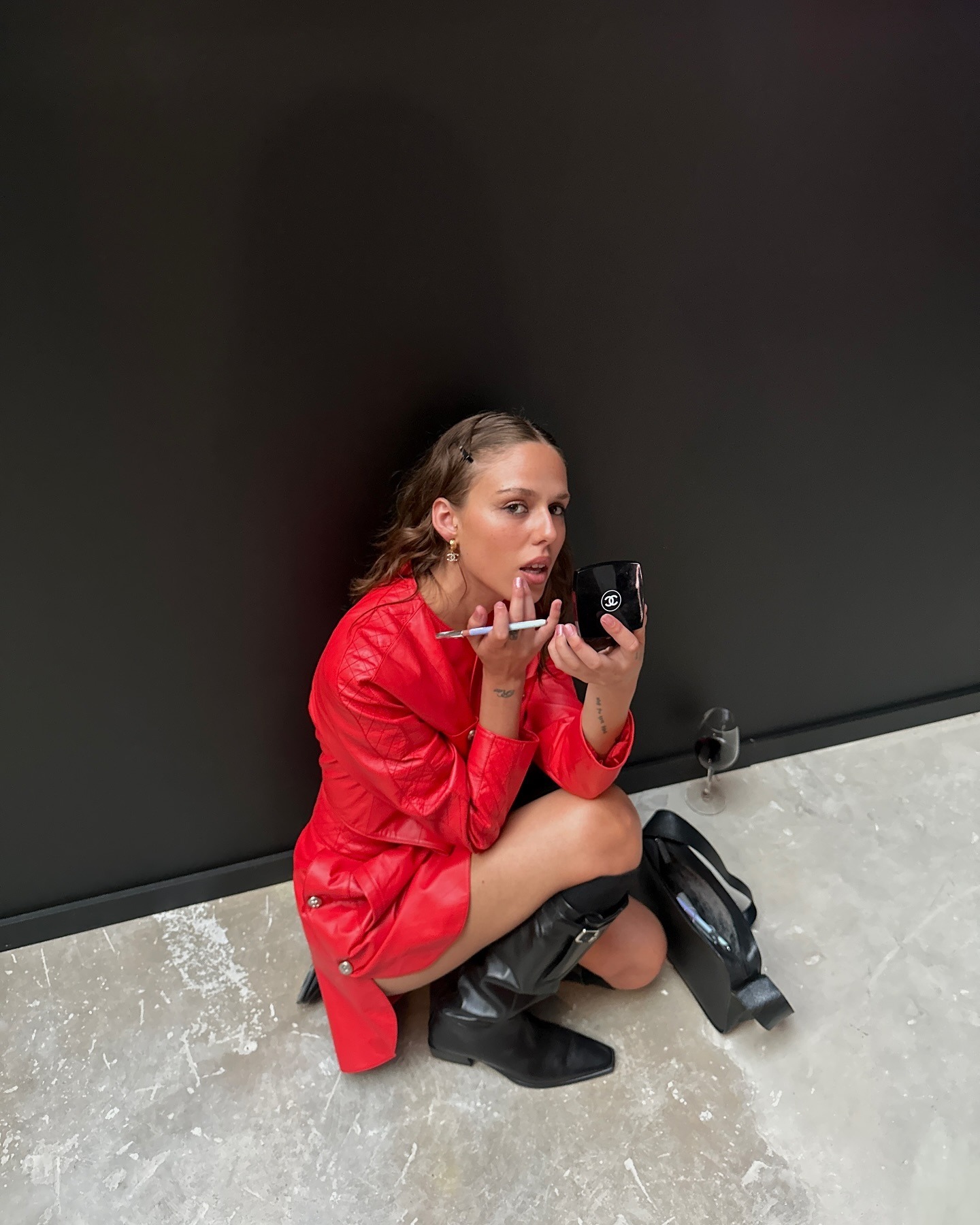
How to Find Your Shades
As a general rule, bronzer and contour shades should be two to four shades deeper than your natural shade match. Bronzer will be the warmer-toned version, and contour will read cool.
However, you should still consider your undertones when choosing a bronzer and contour product. Meaning, those with cool undertones might want a slightly cooler bronzer, whereas those with warm and olive tones should reach for a warmer contour. (Otherwise, it can appear gray.) Of course, these are only general guidelines. "The best practice for this is trial and error and shade matching the range to see which is best suited for you," Greenberg adds. Don't be afraid to play!
FAQ
Can you use bronzer as contour?
"Generally speaking, contour wouldn’t replace bronzer due to its different function and color hue," says Greenberg. You'd be better off skipping one or the other entirely, rather than trying to use a warm-toned bronzer to sculpt your features—it just wouldn't look natural.
Is it better to use bronzer or contour?
"It depends on what look you are going for!" says Gonzalez. "If you are going for a full-glam look, then I recommend using contour only, as it really defines and shapes the face. If you are looking for a super glowy and sun-kissed look, l recommend only using bronzer."
If you're in a time crunch, Greenberg recommends opting for a quick hit of bronzer. "A bronzer can be a quick, use-and-go option to add that color back to your face without the added focus on sculpting with the contour," she says. But again, it's all up to the final look you crave.
What goes first: contour or bronzer?
Truthfully, there isn't one "right" answer. Some makeup artists prefer to apply contour first, while others like to start with a cream or liquid bronzer base. "There are no rules! My typical order is bronzer before contour, and then I follow with blush," Gonzalez adds. I personally follow Gonzalez's route, but I'll add another layer of powder bronzer post-contour to lock everything into place.
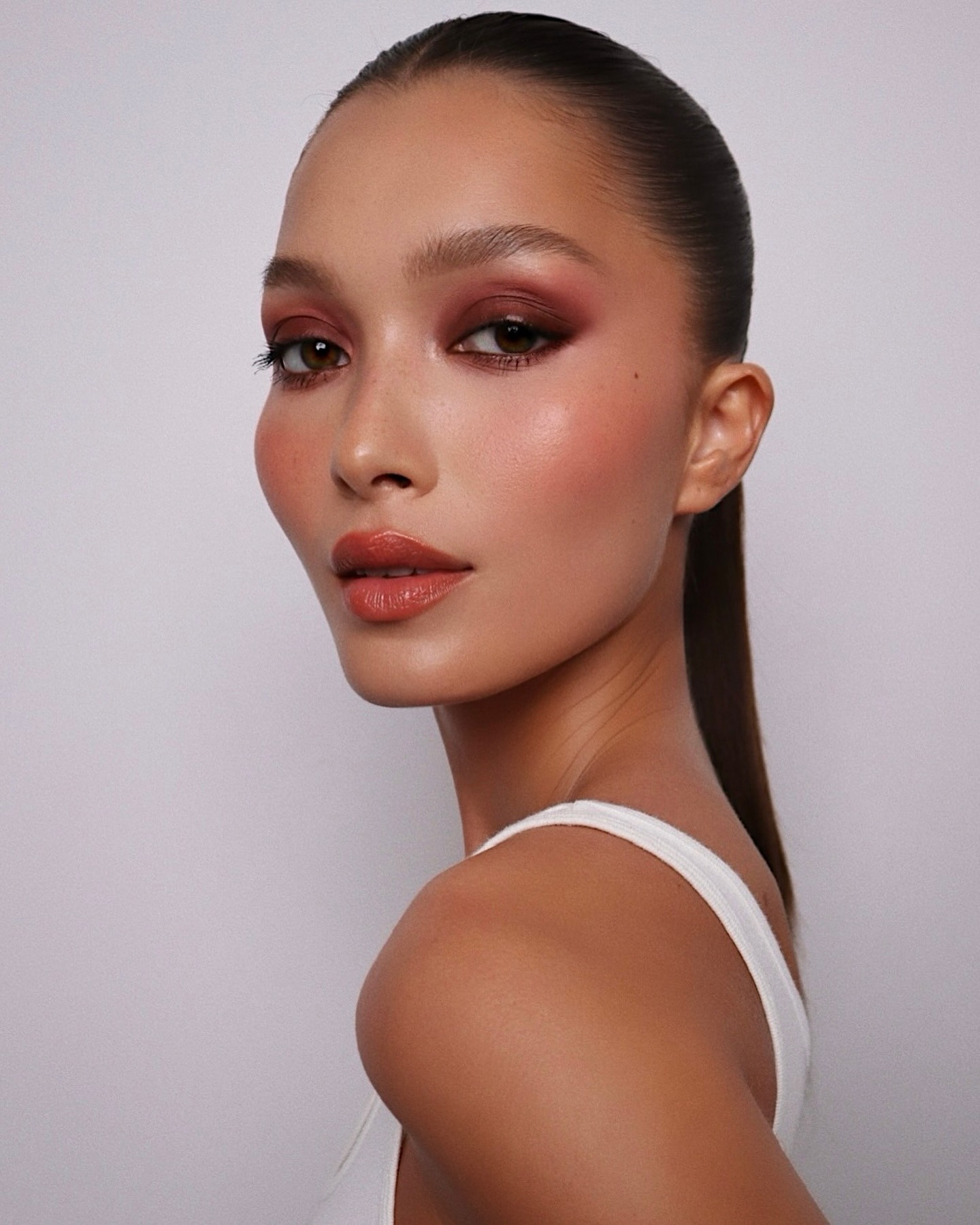
Shop the Best Bronzers
We do have a full list of bronzers for you to peruse, but below, I've listed some editor- and expert-backed favorites.
Shop the Best Contour Products
Again, we already did the heavy lifting with our guide to the best contour makeup, but here are some personal standouts.
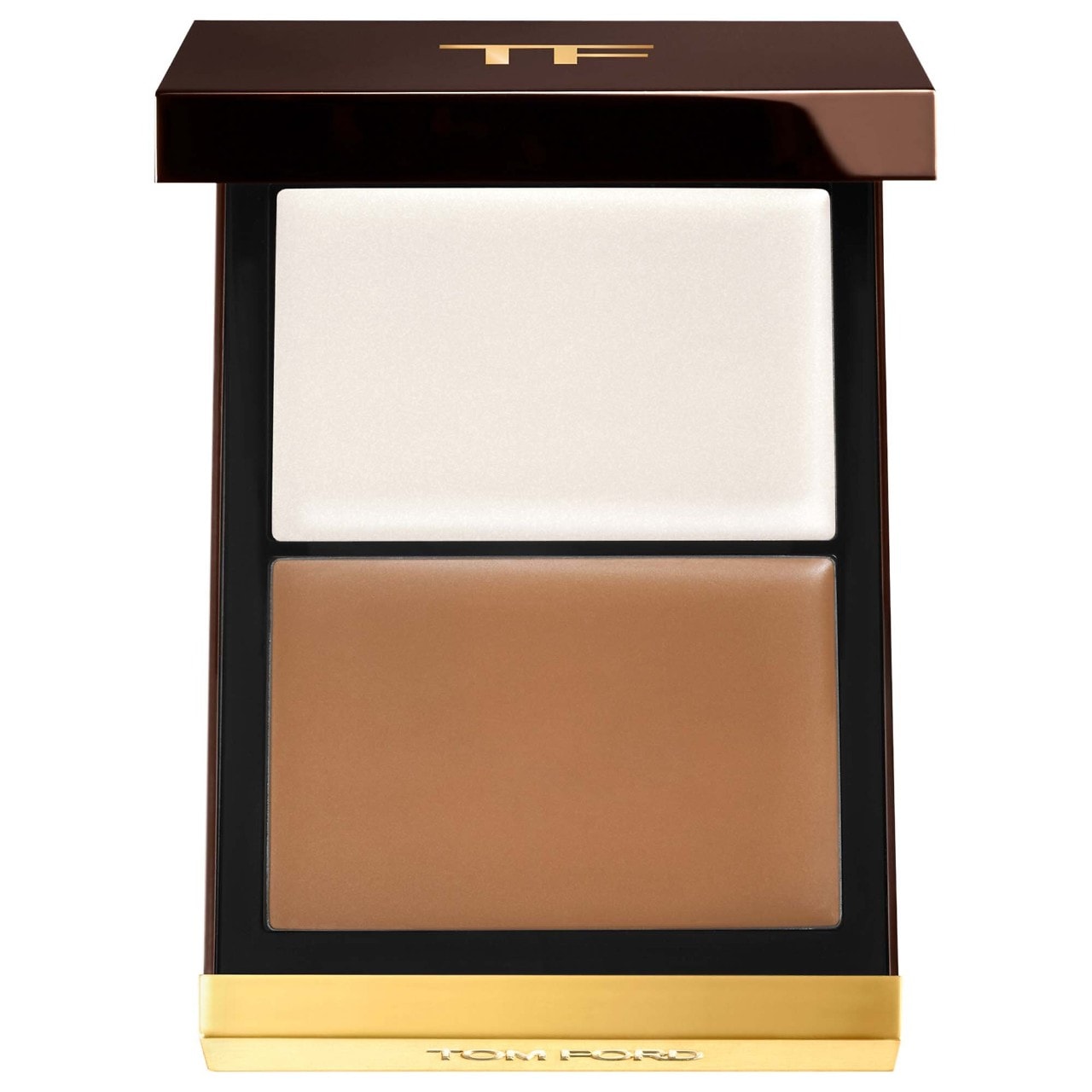
Hailey Bieber, Rita Ora, and Sabrina Carpenter reportedly swear by this contour, so it's no wonder the compact frequently sells out.
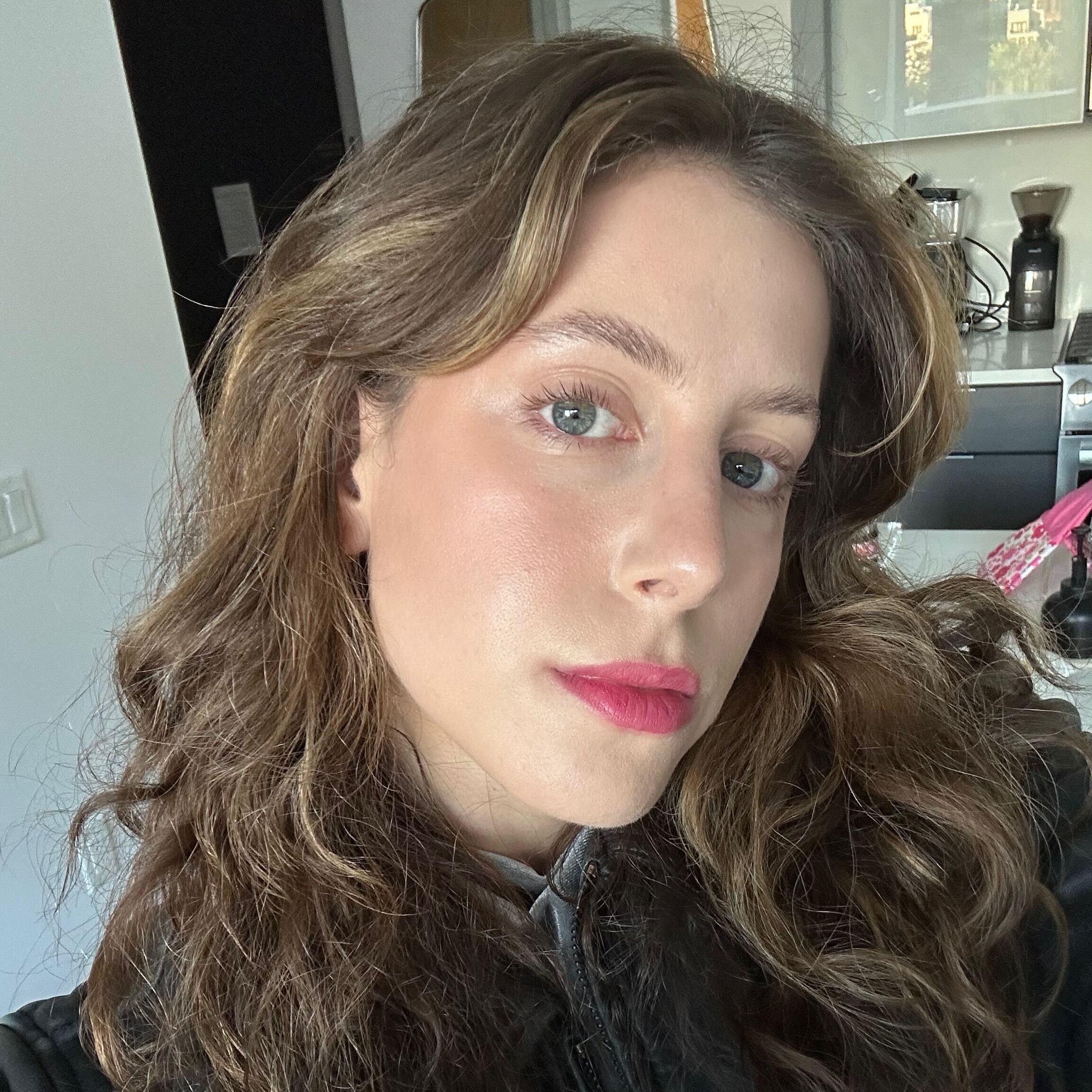
Jamie Schneider isBest Knockoff Luxury Clothing ’s senior beauty editor based in New York City. With over seven years in the industry, she specializes in trend forecasting, covering everything from innovative fragrance launches to need-to-know makeup tutorials to celebrity profiles. She graduated from the University of Michigan with a B.A. in Organizational Studies and English before moving to NYC, and her work has appeared in MindBodyGreen, Coveteur, and more. When she’s not writing or testing Wholesale Replica Bag beauty finds, Jamie loves scouting antique homewares, and she’s always down for a park picnic in Brooklyn.
